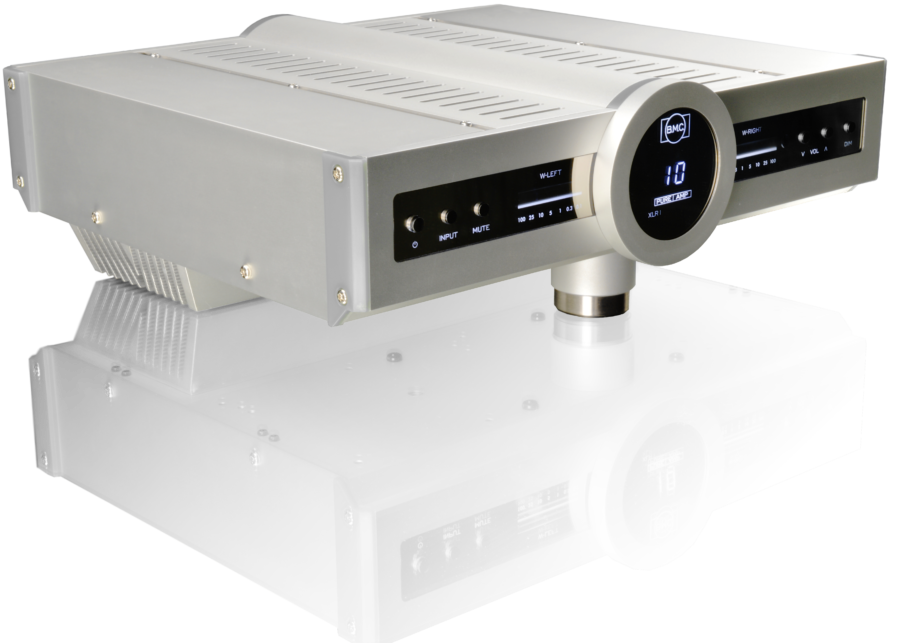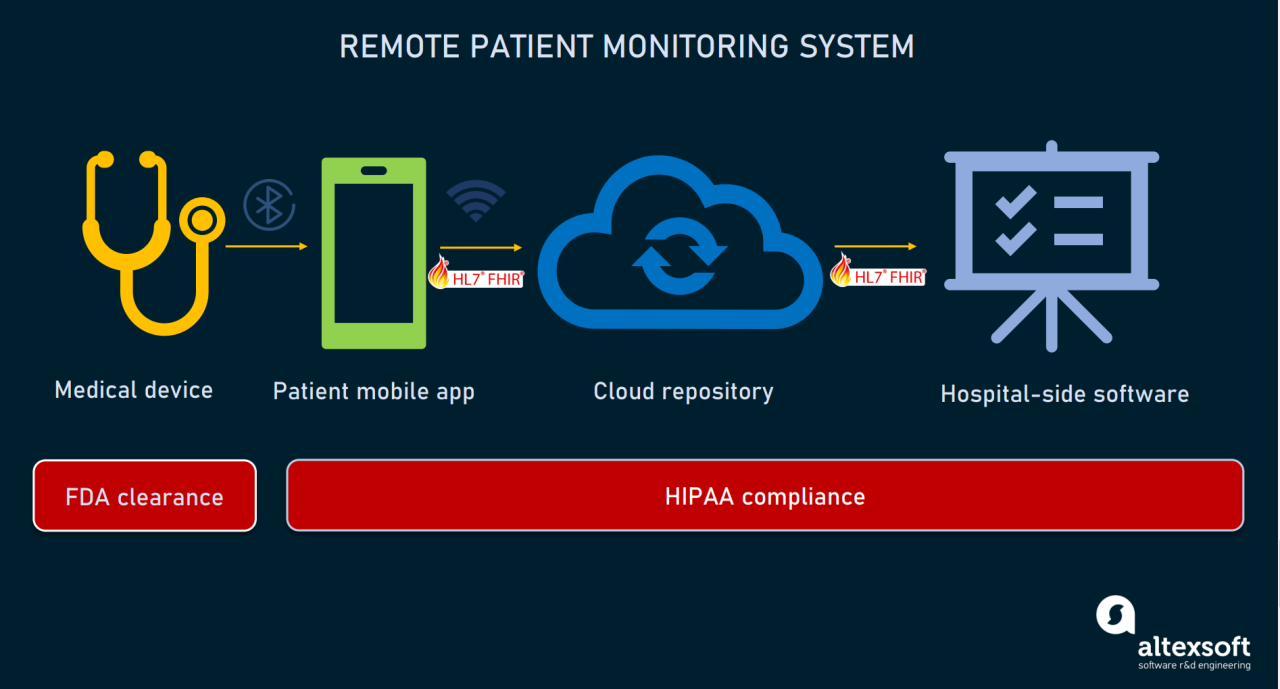Business Technology Solutions: Driving Growth and Efficiency
Business technology solutions are the backbone of modern organizations, enabling them to streamline operations, enhance customer experiences, and gain a competitive edge. From customer relationship management (CRM) systems to enterprise […]

Business technology solutions are the backbone of modern organizations, enabling them to streamline operations, enhance customer experiences, and gain a competitive edge. From customer relationship management (CRM) systems to enterprise resource planning (ERP) software, these solutions offer a wide range of functionalities designed to address specific business needs and challenges.
By leveraging technology, businesses can automate tasks, improve decision-making, and unlock new avenues for growth. This guide explores the key aspects of business technology solutions, from their definition and benefits to implementation strategies and future trends.
Benefits of Implementing Business Technology Solutions
In today’s rapidly evolving business landscape, embracing technology solutions is no longer an option but a necessity. Businesses that fail to adapt and leverage technology risk falling behind their competitors. Implementing technology solutions can bring numerous benefits, leading to improved efficiency, increased productivity, and enhanced profitability.
Increased Efficiency and Productivity
Technology solutions can streamline processes, automate tasks, and eliminate manual errors, ultimately leading to significant improvements in efficiency and productivity. By automating repetitive tasks, employees can focus on more strategic and value-adding activities. For example, customer relationship management (CRM) systems can automate tasks such as lead generation, customer follow-up, and sales forecasting, freeing up sales representatives to focus on building relationships and closing deals. Similarly, enterprise resource planning (ERP) systems can automate inventory management, order fulfillment, and financial reporting, reducing the risk of errors and freeing up time for strategic planning and decision-making.
Implementing and Integrating Business Technology Solutions
The successful implementation of a business technology solution requires careful planning, execution, and ongoing management. This process involves a series of steps that ensure the new technology seamlessly integrates with existing systems and processes, maximizing its potential benefits for your organization.
Planning for Implementation
Planning is crucial for a smooth implementation process. It involves defining clear goals, identifying potential challenges, and outlining a detailed roadmap.
- Define clear objectives: Clearly define the specific goals you aim to achieve with the new technology solution. This could include increasing efficiency, improving customer service, or gaining a competitive advantage.
- Conduct a thorough needs assessment: Identify the specific needs and requirements of your organization. This involves evaluating existing systems, processes, and data to understand how the new technology will fit in.
- Develop a detailed implementation plan: Artikel the key steps involved in the implementation process, including timelines, resources, and responsibilities.
- Identify and mitigate potential risks: Anticipate potential challenges and develop strategies to mitigate them. This could involve issues like data migration, system compatibility, or user training.
Training and Communication
Training and communication are vital to ensure users effectively adopt and utilize the new technology solution.
- Provide comprehensive training: Offer comprehensive training programs that cover all aspects of the new technology solution, including its features, functionalities, and best practices.
- Develop clear communication channels: Establish effective communication channels to keep stakeholders informed throughout the implementation process. This could involve regular meetings, newsletters, or online forums.
- Encourage feedback and support: Create a culture of open communication where users feel comfortable providing feedback and seeking support. This helps identify and address any challenges or concerns.
Integrating New Technology Solutions, Business technology solution
Integrating new technology solutions with existing systems and processes is crucial for maximizing their impact.
- Assess system compatibility: Ensure that the new technology solution is compatible with your existing systems, including hardware, software, and data formats.
- Develop integration strategies: Plan how to seamlessly integrate the new technology with your existing systems and processes. This could involve data migration, API integration, or system customization.
- Test and validate integration: Conduct thorough testing to ensure that the integration process is successful and that the new technology solution functions as expected.
- Provide ongoing support: Offer ongoing support to users to help them navigate any challenges or issues that arise during the integration process.
Measuring the Success of Business Technology Solutions
It’s crucial to go beyond simply implementing technology solutions and to actively measure their impact on your business. This ensures that investments are worthwhile and that technology is driving the desired outcomes.
Evaluating the Effectiveness of Business Technology Solutions
A robust framework for evaluating the effectiveness of business technology solutions should encompass a multi-faceted approach. It should consider both quantitative and qualitative data points to provide a comprehensive understanding of the solution’s impact.
Key Metrics and Data Points for Tracking Progress and Measuring Impact
To track progress and measure the impact of business technology solutions, you can leverage a variety of key metrics and data points. These metrics can be grouped into categories to provide a holistic view of the solution’s effectiveness.
Key Performance Indicators (KPIs)
- Return on Investment (ROI): This measures the financial benefits derived from the technology solution in relation to the investment made. For example, a new CRM system might increase sales conversion rates, leading to a quantifiable ROI.
- Cost Savings: Assess the extent to which the solution has reduced operational costs. For example, automating tasks through workflow management can lead to significant cost savings.
- Efficiency Gains: Measure how the solution has improved efficiency in various business processes. For instance, a new ERP system might streamline inventory management, leading to faster order fulfillment and reduced stockouts.
- Customer Satisfaction: Evaluate how the solution has impacted customer satisfaction. For example, a self-service portal might improve customer support response times and enhance customer experience.
- Employee Productivity: Measure how the solution has improved employee productivity. For example, a project management tool might facilitate better collaboration and task management, leading to increased productivity.
Qualitative Data Points
- User Feedback: Gather feedback from users to understand their experience with the solution and identify areas for improvement. This can be done through surveys, interviews, or focus groups.
- Stakeholder Interviews: Conduct interviews with key stakeholders to understand their perspectives on the solution’s impact on the business.
- Case Studies: Document real-life examples of how the solution has successfully addressed specific business challenges. This can provide compelling evidence of the solution’s effectiveness.
Metrics and Their Relevance to Specific Business Technology Solutions
The following table showcases different metrics and their relevance to specific business technology solutions:
| Business Technology Solution | Relevant Metrics |
|---|---|
| Customer Relationship Management (CRM) System | Customer acquisition cost (CAC), customer lifetime value (CLTV), sales conversion rate, customer satisfaction score, lead generation rate |
| Enterprise Resource Planning (ERP) System | Inventory turnover rate, order fulfillment time, production efficiency, cost per unit, on-time delivery rate |
| E-commerce Platform | Website traffic, conversion rate, average order value (AOV), customer retention rate, return rate |
| Project Management Software | Project completion rate, time to completion, budget adherence, team collaboration effectiveness, project profitability |
| Analytics and Reporting Tools | Data accuracy, reporting timeliness, data insights generated, informed decision-making, business process improvements |
Future Trends in Business Technology Solutions
The business technology landscape is constantly evolving, driven by rapid advancements in technology. Emerging technologies are transforming how businesses operate, interact with customers, and make decisions. Understanding these trends is crucial for organizations to stay competitive and leverage the opportunities they present.
Artificial Intelligence (AI)
AI is revolutionizing business technology by automating tasks, improving decision-making, and enhancing customer experiences. AI-powered solutions are being implemented across various industries, from finance to healthcare.
- AI-powered chatbots provide instant customer support, answering queries and resolving issues efficiently.
- AI-driven predictive analytics help businesses anticipate customer needs, optimize inventory management, and identify potential risks.
- AI-enabled automation streamlines processes, reducing manual effort and increasing productivity.
Cloud Computing
Cloud computing offers businesses scalable and flexible computing resources, allowing them to access software and data from anywhere. This trend is enabling organizations to move away from traditional on-premises infrastructure and embrace cloud-based solutions.
- Cloud-based software as a service (SaaS) provides businesses with access to applications like CRM, ERP, and collaboration tools without the need for installation or maintenance.
- Infrastructure as a service (IaaS) allows businesses to rent virtual servers, storage, and networking resources on demand.
- Platform as a service (PaaS) provides a platform for developing and deploying applications in the cloud, simplifying the development process.
Data Analytics
Data analytics is becoming increasingly important for businesses to gain insights from their data and make data-driven decisions. The rise of big data and advanced analytics tools enables organizations to extract valuable information from vast amounts of data.
- Business intelligence (BI) tools provide dashboards and reports that visualize data, helping businesses understand trends and patterns.
- Predictive analytics uses statistical models to forecast future outcomes, enabling businesses to make informed decisions.
- Data mining techniques extract hidden patterns and relationships from data, uncovering insights that can drive innovation.
Internet of Things (IoT)
The IoT is connecting physical devices to the internet, enabling businesses to collect real-time data and automate processes. This trend is transforming industries like manufacturing, logistics, and healthcare.
- Smart factories use sensors and data analytics to optimize production processes, reduce downtime, and improve efficiency.
- Connected vehicles provide real-time data on vehicle performance, location, and traffic conditions, enhancing safety and efficiency.
- Smart homes enable homeowners to control appliances, lighting, and security systems remotely, improving convenience and energy efficiency.
Cybersecurity
As businesses rely more heavily on technology, cybersecurity becomes increasingly critical. Businesses must invest in robust security measures to protect their data and systems from cyberattacks.
- Endpoint security protects devices from malware and other threats.
- Network security secures the network infrastructure from unauthorized access and cyberattacks.
- Data security encrypts sensitive data and implements access controls to prevent unauthorized access.
Blockchain
Blockchain technology is transforming industries by providing a secure and transparent way to record and track transactions. This technology has the potential to revolutionize supply chain management, financial services, and other sectors.
- Supply chain transparency: Blockchain can track products throughout the supply chain, ensuring authenticity and provenance.
- Decentralized finance (DeFi): Blockchain enables the creation of decentralized financial applications, offering new ways to access financial services.
- Digital identity: Blockchain can be used to create secure and verifiable digital identities, enhancing trust and security.
Edge Computing
Edge computing brings computing resources closer to the source of data, reducing latency and improving performance. This trend is enabling businesses to process data in real-time, supporting applications like autonomous vehicles and industrial automation.
- Real-time data processing: Edge computing allows businesses to process data at the edge, reducing latency and enabling faster decision-making.
- Improved performance: By processing data locally, edge computing reduces the reliance on centralized servers, improving performance and reliability.
- Enhanced security: Processing data closer to the source can improve security by reducing the risk of data breaches.
Extended Reality (XR)
XR encompasses virtual reality (VR), augmented reality (AR), and mixed reality (MR), creating immersive experiences for users. This technology is transforming industries like retail, education, and training.
- Virtual product demos: VR allows customers to experience products virtually before purchasing them.
- Interactive training simulations: AR and MR enhance training programs by providing immersive and interactive experiences.
- Remote collaboration: XR enables teams to collaborate remotely in virtual environments, fostering communication and teamwork.
5G Technology
5G is the latest generation of wireless technology, offering faster speeds, lower latency, and greater capacity. This technology is enabling businesses to deploy new applications and services, such as autonomous vehicles, smart cities, and industrial automation.
- Enhanced mobile connectivity: 5G provides faster and more reliable mobile internet access, supporting mobile applications and services.
- Internet of Things (IoT) connectivity: 5G enables the connection of a vast number of devices, supporting smart cities, industrial automation, and other IoT applications.
- Cloud gaming: 5G enables high-quality cloud gaming experiences, providing access to immersive games without the need for powerful hardware.
Wrap-Up

In today’s rapidly evolving digital landscape, embracing business technology solutions is no longer optional but essential for survival and success. By carefully selecting, implementing, and integrating the right solutions, businesses can optimize their operations, enhance customer engagement, and unlock their full potential. As technology continues to advance, we can expect even more innovative solutions to emerge, further transforming the business world and shaping the future of work.
A successful business technology solution often relies on a skilled team to implement and train users. This is where the role of a Technology Trainer becomes crucial. You can find a detailed breakdown of the responsibilities and qualifications for this position in a technology trainer job description.
By understanding the demands of this role, businesses can better identify and recruit individuals who can effectively bridge the gap between technology and its users, ultimately maximizing the impact of their chosen solution.








